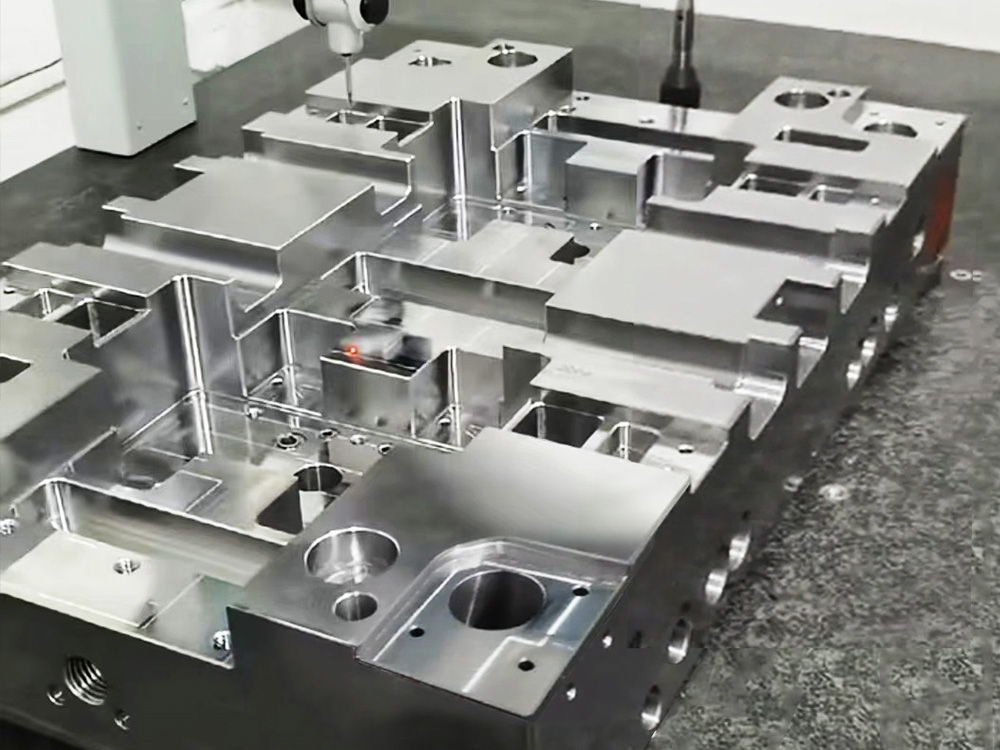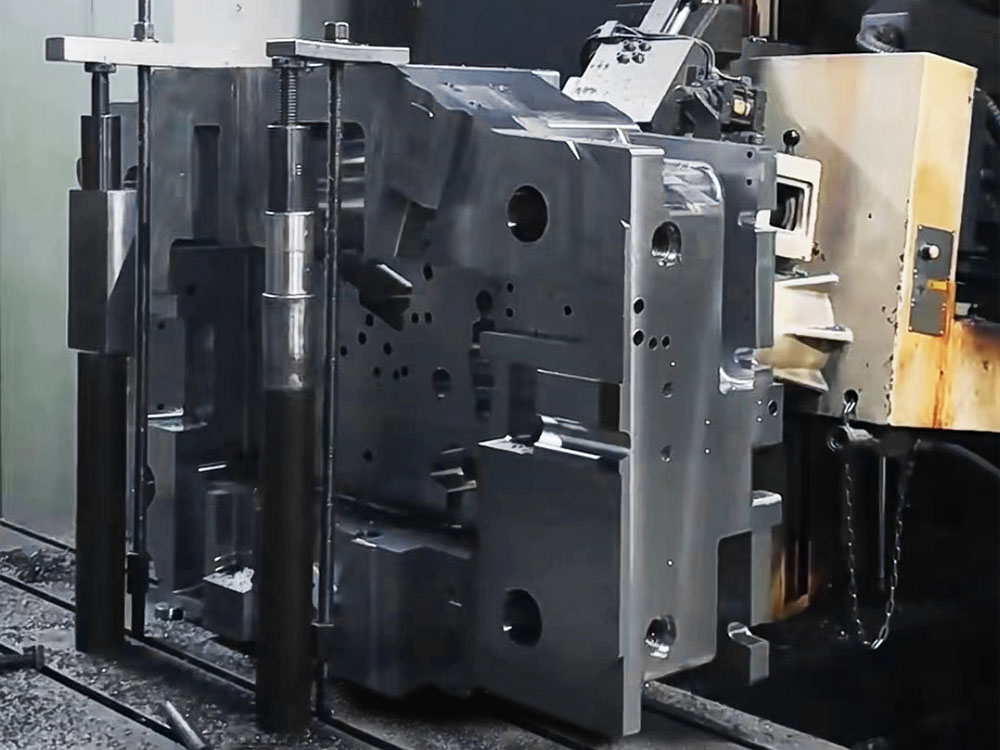Sustainable manufacturing has emerged as a cornerstone of our industrial landscape, driven by the urgent need to reduce environmental impact and conserve resources. This article explores the environmental implications of mold and die technology and how sustainable practices can mitigate its footprint, aligning it with a greener future.
Mold and Die Technology's Role in Manufacturing
Mold and die technology is pivotal in precision manufacturing across various industries. However, like any manufacturing process, it leaves an environmental footprint. Understanding and addressing the environmental aspects of this technology is essential to foster sustainability.
1. Material Selection and Resource Efficiency
The choice of materials for mold and die construction profoundly influences environmental impact. Opting for eco-friendly materials, recycled alloys, or sustainable alternatives contributes to resource conservation. Furthermore, optimizing material use to reduce waste is a critical practice in sustainable manufacturing.
2. Energy Efficiency
Mold and die technology relies on various energy-intensive processes, including precision machining and heat treatment. Implementing energy-efficient equipment, exploring renewable energy sources, and optimizing processes can significantly reduce energy consumption and associated greenhouse gas emissions.
3. Waste Reduction and Recycling
Mold and die technology generates waste materials, but sustainable practices focus on waste reduction and recycling. Recycling scrap materials and implementing closed-loop systems minimize waste disposal and its environmental consequences.
4. Eco-Friendly Coatings and Treatments
Environmentally friendly coatings and surface treatments can enhance tool durability and performance while minimizing the use of hazardous chemicals. These measures reduce the environmental impact associated with tool maintenance.
Mitigating Environmental Impact in Mold and Die Technology
Sustainable manufacturing practices are essential to mitigate the environmental impact of mold and die technology:
1. Lean Manufacturing Principles
Implementing lean manufacturing principles, such as Just-In-Time (JIT) production and waste minimization, reduces excess inventory, transportation, and resource usage.
2. Digital Twin Technology
Digital twin technology allows real-time monitoring and optimization of tool performance, reducing unplanned maintenance and downtime, and improving overall efficiency.
3. Design for Sustainability
Adopting a design-for-sustainability approach ensures that molds and dies are designed with environmental considerations in mind, including material selection, durability, and recyclability.
4. Eco-Certified Materials
Selecting materials with recognized eco-certifications ensures that the environmental impact of the material has been assessed and minimized.
5. Eco-Aware Tool Maintenance
Implementing environmentally conscious maintenance practices, such as the use of non-toxic lubricants and coolants, reduces the environmental impact of tool upkeep.
Conclusion
Sustainable manufacturing principles are transforming the mold and die technology landscape. By emphasizing responsible material selection, energy efficiency, waste reduction, and eco-friendly coatings, the environmental impact of this technology can be significantly mitigated. It is imperative that manufacturers, engineers, and the industry as a whole embrace these sustainable practices, aligning mold and die technology with the broader goal of reducing its environmental footprint and contributing to a greener, more sustainable future.




